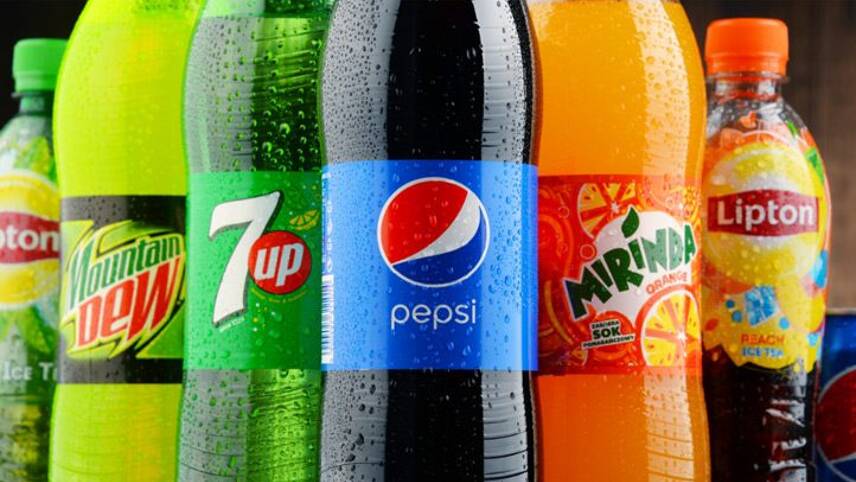Register for free and continue reading
Join our growing army of changemakers and get unlimited access to our premium content

PepsiCo is often the target of plastics campaign groups and has spent a large portion of the bond fund trying to change its approach to PET
The company issued its first green bond last October and this week published the first progress report on the bond, revealing how almost half of the sum raised ($447m) was allocated by the end of 2019.
Recycled plastic procurement accounted for the largest share of this sum. PepsiCo invested $200m on initiatives to improve the sourcing of recycled PET across North America, enabling it to source 17% more recycled PET on a year-on-year basis. The company is aiming to reduce the use of virgin plastic across its packaging portfolio by 35% by 2025, and to achieve an average of 25% recycled content in the same timeframe.
The resource benefit of these targets is clear – PepsiCo estimates that meeting them will eliminate around 2.5 million metric tonnes of virgin plastic from circulation. But the company also sees the circular economy for plastics contributing to its climate targets, given that the lifecycle of recycled PET emits 63% less CO2e than that of virgin PET. It estimates that the use of recycled content has mitigated 210,000 tonnes of CO2e to date.
Several other low-carbon initiatives have received significant shares of the funding raised through the bond. More than $110m has been allocated to transition PepsiCo’s fleet to low-emission and zero-emission vehicles and $98m will be used to build a “green R&D facility” at the company’s New York campus.
The facility has several built-in energy efficiency and water efficiency features and is expected to receive LEEED Gold Certification in the coming months. It will also be fitted with 235kW of onsite solar capacity. PepsiCo is aiming to reduce the emissions generated by the campus annually by one-fifth by 2030 and hopes the new facility will provide transferable learnings.
A smaller portion of the bond funding – $9m – has been allocated to improving water-use efficiency in manufacturing plants in areas of high water stress or risk. The World Resources Institute (WRI) estimates that a quarter of the world’s population is based in areas affected by “extremely high” water stress.
PepsiCo’s chief sustainability officer Jim Andrew said the green bond is “ultimately” about transforming sustainability ambitions into action, calling it a “significant catalyst for continued progress”.
The name’s Bond
The appeal of green bonds and sustainable finance is growing, and, while Covid-19 initially dampened the growth of the global green bond market, it has rebounded spectacularly.
Analysis from Bloomberg NEF found that more than $50bn of the $200bn worth of green bonds issued in 2020 were issued in September alone. Should this trend continue, 2020 will be a record-breaking year for issuance in spite of the pandemic.
A large proportion of the bonds issued in September were sovereign bonds, with multi-million-dollar packages priced by Germany and Sweden. The largest corporate green bond was issued by EDF.
This year has also seen green bonds issued by the likes of Chanel and Visa.
Sarah George


Please login or Register to leave a comment.